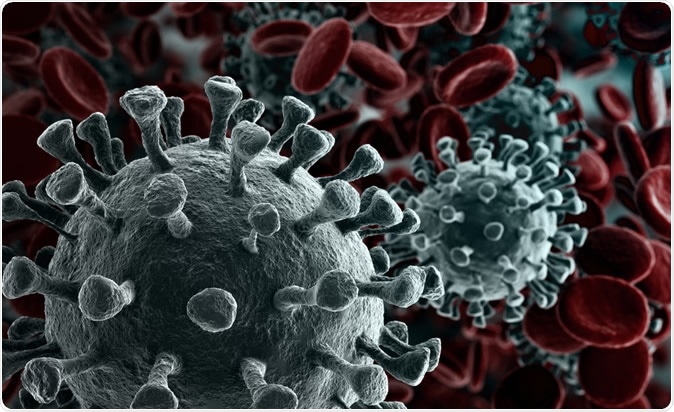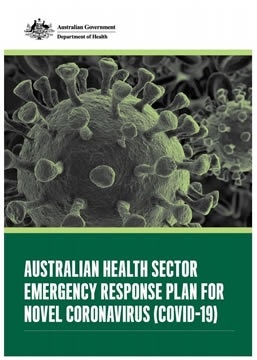As cases of the coronavirus (COVID-19) continue to increase outside of China, the Australian government has activated its emergency response plan for an impending coronavirus pandemic.

Coronavirus 2019-nCov novel coronavirus concept 3d rendering. Image Credit: Creativeneko / Shutterstock
The emergency response plan, dubbed as “The COVID-19 plan”, involves strategies in the event of a large-scale coronavirus outbreak as health officials and world leaders warn that the coronavirus is heading towards a pandemic.
Though the World Health Organization (WHO) does not regard the current outbreak as a pandemic yet, some say the world is already in the early stages of a pandemic. The WHO characterizes a pandemic as a disease spreading across two continents. Coronavirus is now present in every continent except Antarctica after a new infection in Brazil.
Coronavirus status
In Australia, there are 23 confirmed cases of the coronavirus disease as of Feb. 27, including eight people in Queensland, seven in Victoria, four in New South Wales, three in South Australia, and one in Western Australia.
Fifteen of the cases have recovered while the others are in a stable condition, the Australian Government Department of Health reports.
Of all the confirmed cases, eight were passengers from the Diamond Princess cruise ship, which was quarantined in Japan. The Australian government repatriated them from the cruise ship, and they stayed at the Manigurr-ma Village Howard Springs facility in Darwin.
Across the globe, there are 81,322 confirmed cases of coronavirus disease (COVID-19) and 2,770 deaths. Of the confirmed cases worldwide, the fatality rate is about 3.4 percent, but the fatality rate in other regions outside mainland China is 1.4 percent.
Precautionary approach
Australia’s COVID-19 plan is a precautionary approach to strengthen the country’s defense against the deadly virus.
“The novel coronavirus outbreak represents a significant risk to Australia. It has the potential to cause high levels of morbidity and mortality and to disrupt our community socially and economically,” the document reads.
The government plans to conduct activities to help monitor outbreaks as they occur, identify the cause of the outbreak and the nature of the virus, study respiratory disease-specific management strategies, respond rapidly to minimize the impact of the coronavirus outbreak, develop strategies to reduce the risk of disease spread, and contribute to the recovery of patients and communities.
“The Australian Government and state and territory government will work together to consider surveillance, resource and political information to determine whether and when a national response is required; advice on thresholds for escalation; share information on resource availability and coordinate access to resources to maximize the effectiveness of the response,” it added.
Minimizing transmission
During the early stages of the outbreak, an initial action response involves minimizing transmission and managing the cases. It can include travel bans and health screenings for returning passengers at airports and ports. At present, a travel ban is in place for those travelers from mainland China.
Further, contact tracing is part of the response, wherein doctors and health officials trace the patient’s potential contacts and the places he or she visited. This way, health officials can alert fellow passengers. Those who were in close contact with a confirmed case need to self-quarantine for two weeks to detect if there will be symptoms that may emerge.
When there is an upsurge of cases, and the outbreak escalates, the plan involves boosting staffing in hospitals and establishing fever clinics. Hospitals are advised to provide additional staff and to create alternative models of care, such as fever clinics, to reduce the risk of spread and to focus on patients manifesting the symptoms of coronavirus.
The government is also planning to impose social distancing measures if needed, which include closing schools, workplaces, and large gatherings. It also encourages employers to plan for working from home schemes.
Health officials advise residents to remain cautious as the coronavirus spreads.
How to protect oneself
The Department of Health recommends that residents should regularly wash their hands with soap and water, use a tissue and cover their nose and mouth when they cough or sneeze, and avoid close contact with others, such as touching or shaking hands.
Surgical masks are only recommended in preventing people who have the illness from spreading it to others. For those who are not sick, they do not need to wear a surgical mask.